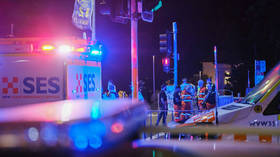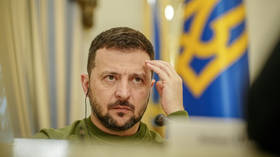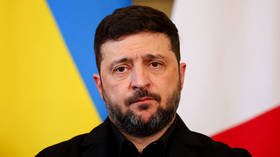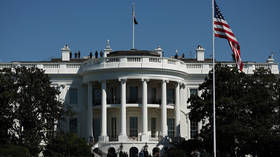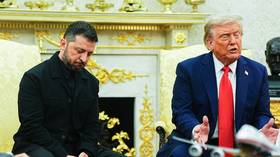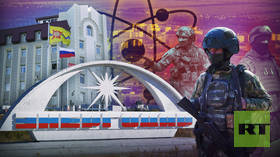Getting ready for Easter Sunday
Preparing for the Easter Sunday is no less important than the holiday itself. Thousands of believers have attended special services to have eggs and special cakes, known as “kulichi,” blessed by priests.
Saturday is also the last day of Lent, a period in which the faithful fast and abstain in order to gain spiritual strength. Several days ahead of Easter, though, believers have to get everything ready – buy and dye eggs and cook traditional meals in order to eat them on Sunday morning.
Tatyana Smirnova is a painter. While her paintings are nothing unusual, her canvas is. She took up decorating Easter eggs two years ago. Instead of real eggs, however, she uses specially made wooden blanks – which will definitely outlast the festive dinner.
“For me, an egg means a good breakfast, but decorating Easter eggs is part of our religion,” Tatyana says. “And I always try to create something original, not just copy the existing designs.”
Easter is the most joyful celebration in the Russian Orthodox calendar, and a decorated egg makes a perfect gift.
“As a symbol of life, an egg goes back to pagan traditions,” explains Anna Yakovleva from Moscow’s House of the Icons museum. “But it’s also part of Christianity, symbolizing Christ’s resurrection. So when decorating them, the artists use the themes of spring, joy, beauty and rebirth.”
The egg-giving tradition became especially popular in Russia in the late 19th century. Easter eggs were made to fit any taste and pocket. And the Tsars did it in the biggest way with Faberge eggs. The best collection of them is kept in the Moscow Kremlin museums.
Over the course of thirty years, fifty Imperial Easter Eggs were made. All eggs are unique. Some have complicated mechanisms inside. In one egg, for instance, there is a model of the Trans-Siberian Express train. Another masterpiece of the collection is a clock in the form of an egg, decorated with lilies and roses symbolizing the love of Tsar Nicholas II to his wife.
Faberge took the Easter tradition to a whole new level, but nowadays there are more alternative ways to impress with an egg. An African ostrich in the Russian snow is hardly something you would expect to see, but a farm in the Moscow region called “Russian Ostrich” has been breeding the birds for the past ten years. As such the farm has come up with a special festive offer – an Easter egg that weighs about two kilos.
“We just use the shell for decorating, so it won’t go bad,” says Vera Rodina. “These Easter eggs are a big hit. Some are custom-made for our clients, others are bought by tourists.”
Yet most Russians go for the do-it-yourself way – dying real eggs with onion peel. To get a dark-red color you need to boil the onion peel for about half and hour, then let the water cool down. Then you just have to boil eggs for ten more minutes – and it is done.


